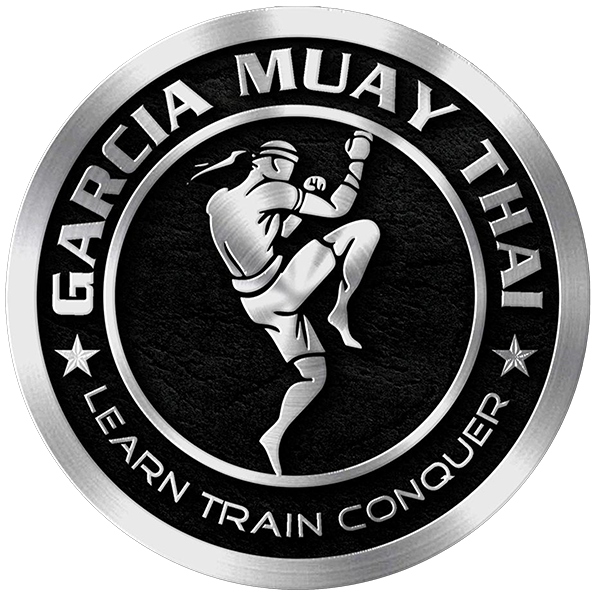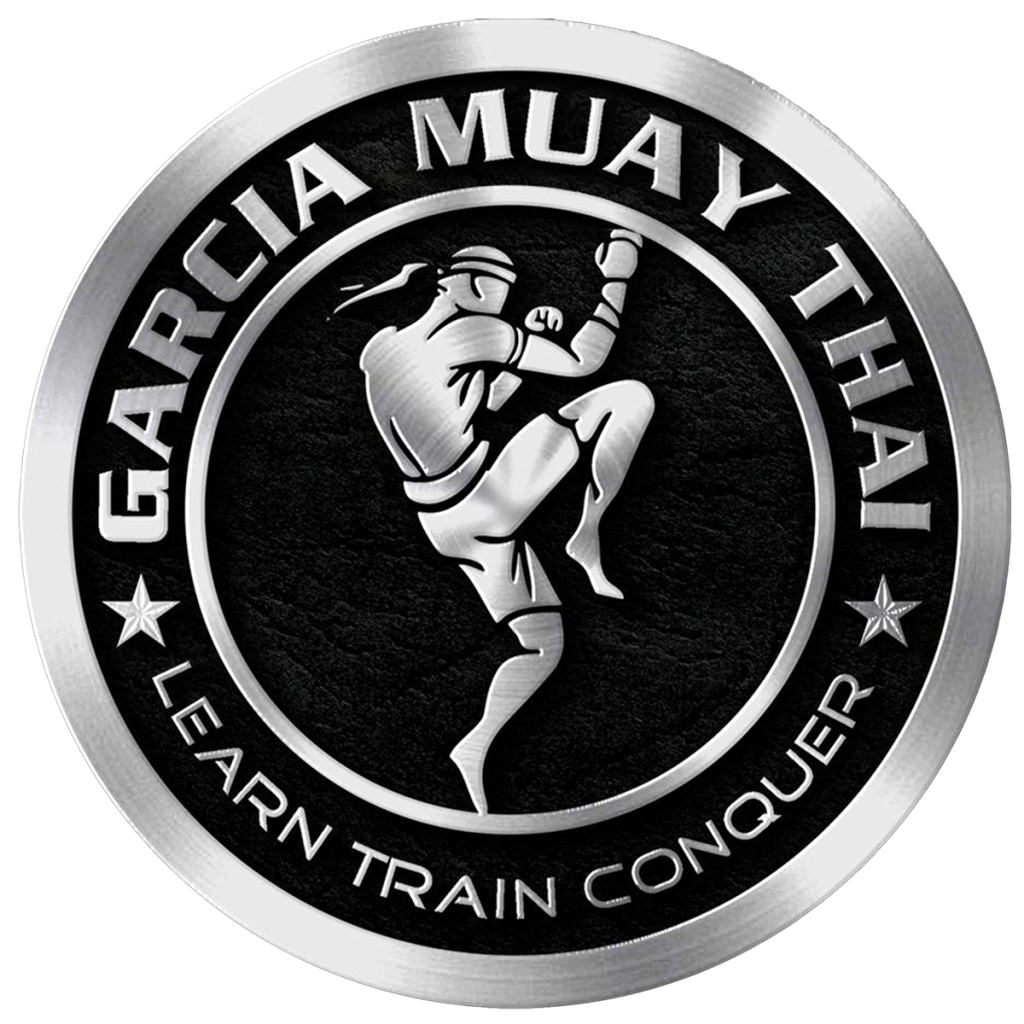The history of Muay Thai is deeply rooted in the history of Thailand (formerly Siam) itself. The country was repeatedly invaded by its neighbouring countries whilst it was still in its infancy. The Thai people depended on their own ability to defend themselves and their lands. In those times before the introduction of gunpowder, only short range weapons were available such as bows and arrows, spears, swords, pikes and clubs when going into battle. From this type of hand to hand combat, weapons could be lost and so, combatants had to learn to quickly rely on unarmed combat using hands/fists, elbows, knees, feet – and their heads (not least to outsmart their adversaries). Without doubt, this systematic use of ‘natural’ weapons developed into a practical and deadly fighting art for the battlefield – that would later become Muay Thai.
There are few records of the history of Muay Thai before the twentieth century. Knowledge was passed down by oral tradition which can sometimes alter historical fact. During times of peace the monarchy and the military leaders realized that self defence techniques were of great importance. Thai soldiers certainly studied Muay Thai at earlier times. Muay Thai has most likely earned money for ‘prize fighters’ since at least the Sukothai era. Over time, Muay Thai became a way of personal advancement as the nobles progressively admired the most skilful fighters.
The 16th Century saw the beginning of warfare with Burma. In 1568, the Burmese captured the city of Ayutthaya and dominated the country until 1585, when after the death of Bayinnaung the Burmese King, the Siamese prince Narusuan re-organized an army to drive the Burmese from their land and to achieve independence. Prince Narusuan and the crown Prince of Burma, who had known each other since childhood finally engaged in combat astride the backs of war elephants to determine the independence of Siam. After a ferocious battle Prince Narusan cut the crown Prince in half from shoulder to waist. The Burmese army withdrew, giving independence to Siam. Later King Narusuan honoured the bravery of the Burmese Prince by erecting a shrine at the site of the battle.
During the Ayutthaya period, which was a period of unending battles against Siam’s neighbours i.e. Burma, Cambodia and Vietnam, history records state that King Sri San Petch or Khun Luang Sorasak (also known as Phra Chao Sua, the Tiger King) often boxed incognito in various up-country temple fairs. He is said to have been a skilled boxer and enjoyed the sport so much that he often disguised himself thus in order to test his skill against villagers, thereby becoming quite a legend in his own time.
When Ayutthaya fell in 1767 AD, many Thais became prisoners of war. In 1774, the King of Burma held a festival to celebrate the Chedi containing the Buddha’s relics in Rangoon, with various forms of entertainment and festivities. This included a boxing display for the King by a Boxer named “Nai Khanom Tom” a prisoner of war from Ayutthaya. Pit against Burmese boxers, Nai Khanom Tom defeated 10 Burmese opponents in a row. To reward this tremedous feat, the Burmese king gave Nai Khanom Tom his freedom. Till this day, the Nai Khanom Tom ceremony is a major event in Thailand’s Muay Thai calendar, attracting participants from all over the world.
During the reign of King Tak Sin the Great, the king had a close aide-de-amp named “Phraya Pihai Dab Hak”. The latter had studied the art of Muay Thai with many famous teachers and displayed his talent for the King. As a result, he was chosen to become a soldier, and was later promoted to the position of Chao Muang (governor) with his name recorded in history.
In the Ratanakosin Period, Muay Thai was still a national art form, with competitions in annual national festivals. Time-keeping was done by floating a pierced coconut shell. When the coconut sank, a drum would be beaten to signal the end of a round. In 1788, during the reign of King Rama I, two French brothers arrived in Thailand by boat, having defeated many boxers across the Indo-China Penninsula. King Rama I consulted the Crown Prince, his brother, who offered to find boxers to fight against the Frenchmen. Phraya Phra Klang would accept the challenge, settling the bet at 50 chang (4,000 bhat). The Crown Prince chose a boxer named Muen Plan of the Royal Guards. The match was held in the grounds of the Grand Palace. Muen Plan wore full battle regalia – bare chested, seeped in magic charms, cabalistic writing and oils to ensure invulnerability. When the fight began, the large French fighter tried to attack, aiming for the neck and collar-bone. Muen Plan defended himself with Muay Thai. The other Frenchman, seeing his brother making no progress became frustrated, and pushed Muen Plan’s back to stop him from backing away. Members of the Royal Guards saw this break of boxing etiquette and proceeded to help Muen Plan tackle the two Frenchmen until they had to be carried back to the boat. They set sail the next day, with no thought of ever challenging a Thai Boxer again.
During the reign of King Rama V, Muay Thai matches were widely popular. Boxing matches were held for the King’s pleasure. Skilled boxers received titles from the King, for example Muen Muay Mee Chue from Chaiya, Muen Muay Man Mudh from Lopburi and Muen Cha-ngad Cherng Chok from Korat. Also in this period, boxing camps were established. Members of the royal family sent out talent scouts to recruit potential boxers from up-country and arranged matches between camps. Winners would receive money and valuable prizes. This period could well be called ‘the Golden Age of Muay Thai’.
During the reign of King Rama VI, Thai boxing matches became more widespread. Matches that used to be held in make-shift rings in any available courtyard gave way to a standard raised ring surrounded by ropes. The first ring was built in 1921 at Suan Kularp field. Although standard rings were available, boxers still bound their hands with rope. Foreign boxers came to take on Thai boxers. An important free-style match took place between Young Harntalay and Chin Chang from China which attracted a huge crowd of spectators. The result was that Young Harntalay floored Ching Chang with a beautiful kick. In this period, they also had referees in the ring and kept time by the clock. These innovations were probably adopted from abroad.
Rope binding was needed until 1929 when boxing gloves took its place. Earlier at the Lumpini Park Ring, a Filipino boxer gave an international style boxing exhibition with boxing gloves. Later, gloves were also used in student boxing matches (called “Muay Farang”) and in professional international boxing between Thai and foreign boxers. This led the organizers of Thai style boxing to see that gloves were less dangerous than rope-binding, and decided that gloves should be adopted in Muay Thai. However, fighting with elbows, knees, feet and fists would still be allowed.
Although many improvements or changes were applied. These included the type of ring; breaking each bout into rounds; using the minute-system of time keeping; and using gloves. Interestingly, the original Thai boxer’s groin guard consisted of a triangular-shaped pillow tied to the waist. The pillows were red or blue according to the boxer’s corner. These ‘guards’ remained in use until Thai a boxer visited Malaysia where he saw foreign boxers using ‘modern’ jock straps. He brought the idea back to Thailand. Since then jock straps have replaced the ‘triangular pillows’.
During the reign of King Rama VII, in the revolutionary period, permanent boxing stadiums were established both in Bangkok and in the provinces. They gradually disappeared in 1942 during World War II. After the war, boxing stadiums sprang up like mushrooms overnight. Skilled boxers from up-country flocked to Bangkok to take part in tournaments. Finally, the first standard boxing stadium was established – the Rajdamnern Stadium in 1945. Rules were set, and later on regular bouts were set at 5 rounds of 3 minutes each, with a two-minute interval between rounds. The weight was taken down in stones (like for horse racing) and later converted into kilograms.
In the early days, the match-maker system was used. Stadium officials would organize matches providing cups or talent jackets as prizes. Matches were not classified into weight groups until many years later when the pound system replaced stones and kilograms. International names were given for each weight group, such as flyweight and bantamweight. Matches were arranged to select a champion for each class, following the international style.
Muay Thai is still developing, but what remains unchanged is the use of the pipe and drums as musical accompaniments for the matches. This remains a unique characteristic of Muay Thai. Muay Thai has been initiated under many names, which have not received prolonged interest because the original has already become known worldwide.
Many additions have been made to the regulations of Muay Thai. It is forbidden now to hit the private parts since this technique has become quite infamous as a form of attack and is considered debasing for the fine art of Thai boxing. Muay Thai remains a national art form. If all parties concerned help to uplift and conserve this form of martial arts – and faithfully pass it onto following generations – it will remain a valuable possession of the Thai nation and a wonderful gift to the world at large.


 YES! Contact me today to schedule a FREE no obligation consultation and trial workout.
YES! Contact me today to schedule a FREE no obligation consultation and trial workout.